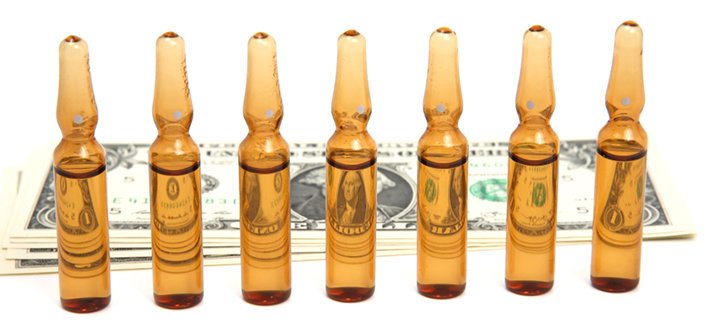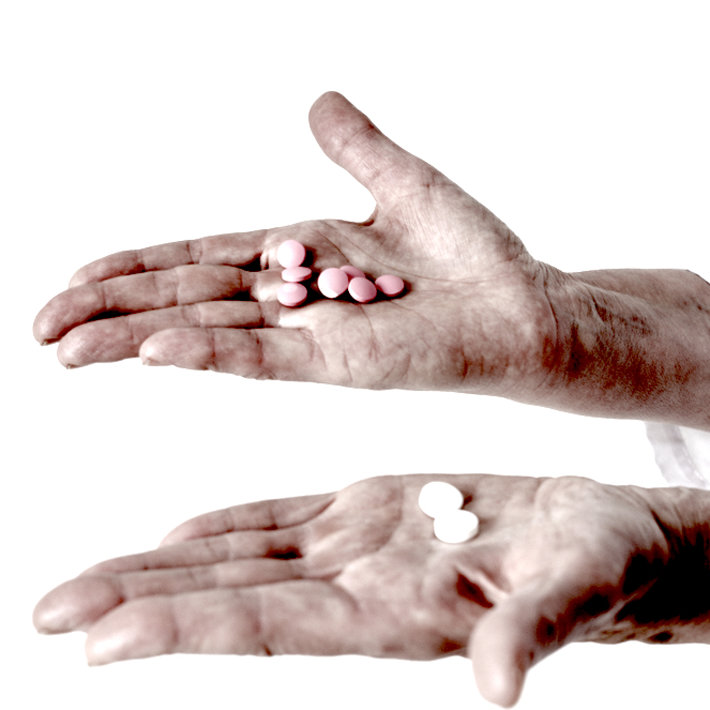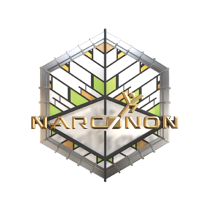Pharmaceutical Giant Struggles to Produce a Drug Which Can “Treat” Opioid Addiction

Since the opioid crisis fully developed within the U.S. over the last two decades, pharmaceutical companies came under heavy inspection and even ruthless accusation from the American people. And not without good reason. Much of the hardship of the opioid crisis as we know it would not exist had Big Pharma not brought opioid pain relievers to the table in the late 1990s.
In response to the uproar about pharmaceutical drugs, pharmaceutical manufacturers attempted to defend themselves by promising they would innovate a “cure” to opioid addiction. Shortly after that, a drug manufacturer called Indivior announced that it had synthesized a drug which could “fight opioid addiction.” The drug was called “RBP-6000” and it was supposed to be the cutting-edge drug for reversing the physiological effects of drug addiction. But the very idea that we could use drugs to reverse drug addiction is absurd.
How and why would we want to medicate addicts on more drugs on top of the drugs that they’re already addicted to? It just doesn’t make sense. It’s almost as though Big Pharma just said to us, “Okay guys, here are some painkiller drugs. Okay, whoops. Those didn’t work. They were addictive. Okay, here are more addictive drugs to fix the damage caused by the first addictive drugs.”
Sarcastic as it might be, that line is a good representation of what happened. Why would we want to trust the “anti-addiction” drugs made by the very companies that made the addictive drugs in the first place?
The FDA Approved RBP-6000
What’s even harder to believe is that the Food and Drug Administration bought the above line, approving the new addiction “cure” drug in a vote of 18 to 1 in the FDA’s advisory panel. FDA Commissioner Dr. Scott Gottlieb was quite excited about the drug, and he even mentioned that the FDA was going to move forward with plans to bring other drugs like RBP-6000 into the fold.

And what is RBP-6000? The active ingredient in RBP-6000 is buprenorphine, a partial opioid agonist. This is an ongoing maintenance program. The idea is to put a struggling opiate addict on a buprenorphine drug like RBP-6000, and then to have that addict-now-patient stay on the medication, virtually indefinitely. The goal of the buprenorphine drug is to quell the patient’s cravings for the original drug of choice. What they don’t tell you, however, is that buprenorphine drugs can also be addictive. The drug does have opioids in it, after all.
RBP-6000 is designed to come in two different doses. According to CNBC, “Indivior studied two dosing regimens. In one, 300 milligrams were given once a month for six months. In the other, two doses of 300 milligrams were followed by four doses of 100 milligrams. There was little difference in effectiveness between the two doses and the higher dose caused more side effects.” So it seems there are some options in how to deliver this drug to patients.
No Drug Will “Treat” Addiction
Following the FDA approval of RBP-6000, there were some business issues within Indivior, some legal issues had to be addressed, the original approval was recalled, and even a U.S court case was filed on the pill.
It is also worthy of mention that RBP-6000, though it was marketed as a “brand new” medicine, was purely an extended release form of Suboxone, its parent drug. For the most part, Indivior was simply attempting to “re-release” a different variation of the same drug to increase profit margins.
But what is more worthy of discussion is whether or not this drug should even exist in the first place. The logic is quite flawed for drugs like RBP-6000—medications which fall under the “Medication-Assisted Therapy” umbrella.
Taking a course of action in addiction treatment that involves medication-assisted therapy does not ever really get the person free from all drugs and all mind-altering, potentially addictive substances. It’s the cop-out, the easy road, the quick fix, and the bandaid approach, all wrapped into one.
How can a person be truly clean from drugs when they still have to take a medication? They can’t—It’s as simple as that. Such a person still relies on a drug. They rely on a daily pill, a regular patch or film, or a monthly injection, etc. They are never truly free.
Total Sobriety from All Addictive Substances Is the Goal

When a struggling addict enters into an inpatient, residential drug and alcohol addiction treatment center, they take the first step towards getting entirely clean from all addictive substances. This should be an addict’s goal. It should be the goal of his family members and loved ones. What kind of freedom involves having to stay on a maintenance drug for the rest of your life? That’s no kind of freedom at all.
This is why we must shift our focus away from medication-assisted therapies and treatments, and instead focus on totally clean living and abstinence from all addictive substances. This goal is fully attainable for anyone who wants to achieve it. It is there to be had.
An inpatient addiction treatment center offers everything that a recovering addict could possibly need. Rather than merely giving an addict a medication to take every day, inpatient rehabs get down to the bottom of the issues that caused the addiction in the first place. Such programs vary quite a bit in how they do this, but the particularly good ones tend to help their clients move out of past losses and regrets and unhappiness and arrive fully in the present, ready to tackle life anew.
Inpatient rehabs go about this by utilizing a variety of tools and treatment modalities, from interactive programs and hands-on processes to life skills educational courses and group sessions. Again, different programs operate differently, and no two rehabs are alike. But the point is, getting off of all drugs with an inpatient treatment program is significantly superior to maintaining a connection to potentially addictive substances by having to take supplemental buprenorphine medications.
Sources:
Reviewed and Edited by Claire Pinelli ICAADC, CCS, LADC, RAS, MCAP


